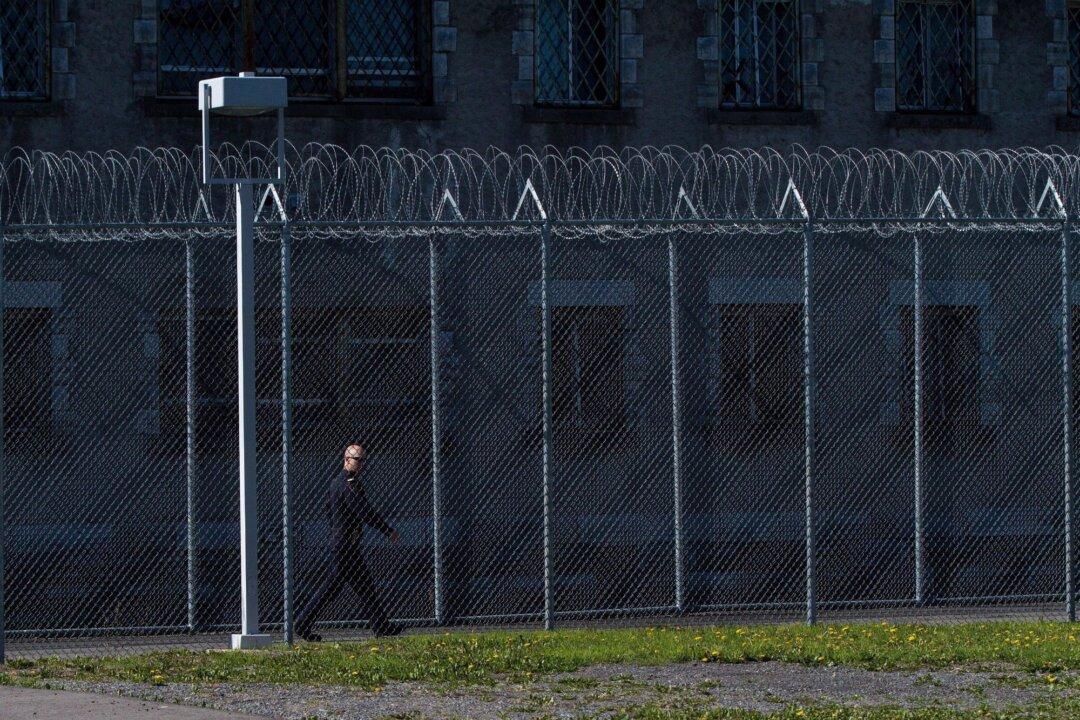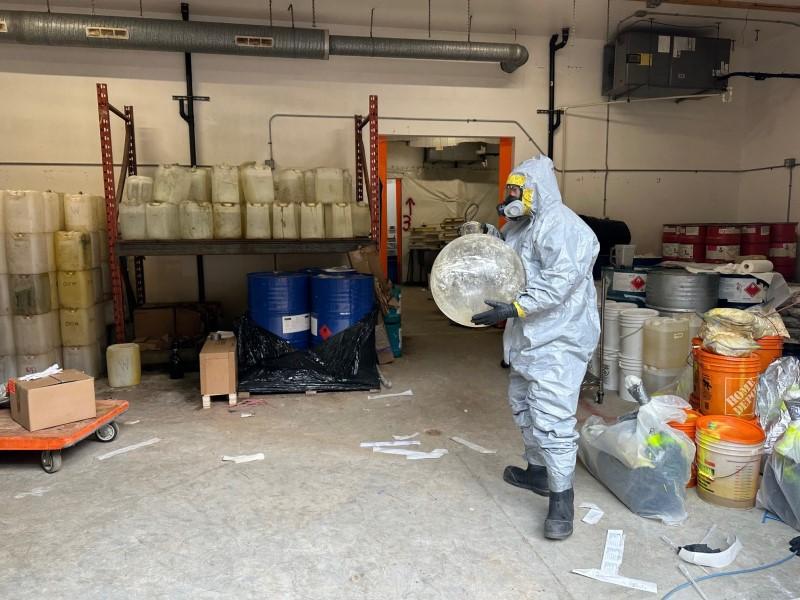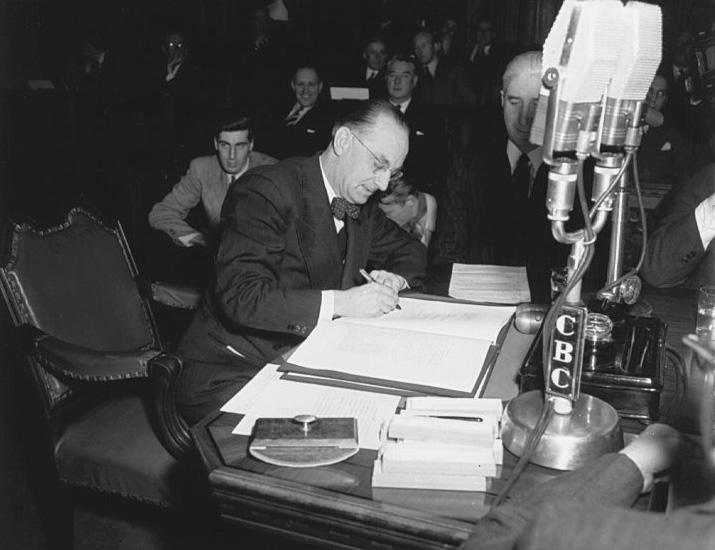Commentary
Provincial justice ministers of Manitoba and Saskatchewan are urgently calling on the federal government to “convene a bail reform summit to address the increasing level of violence faced by Canadians.” Other provincial justice ministers have voiced similar concerns.





